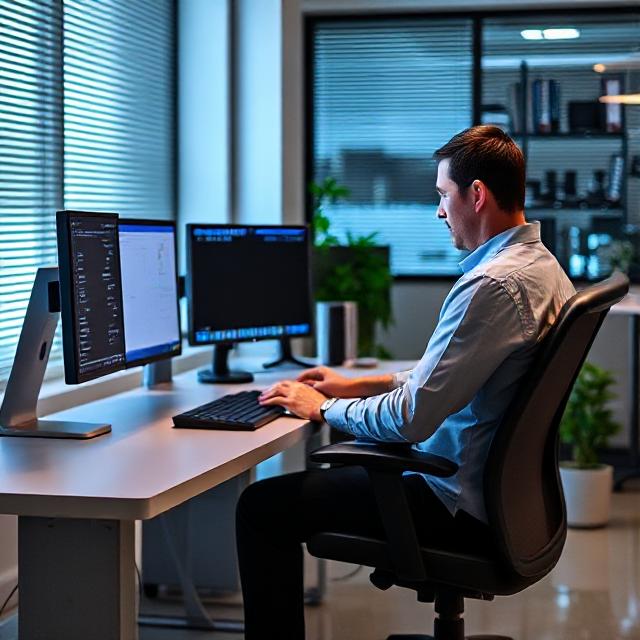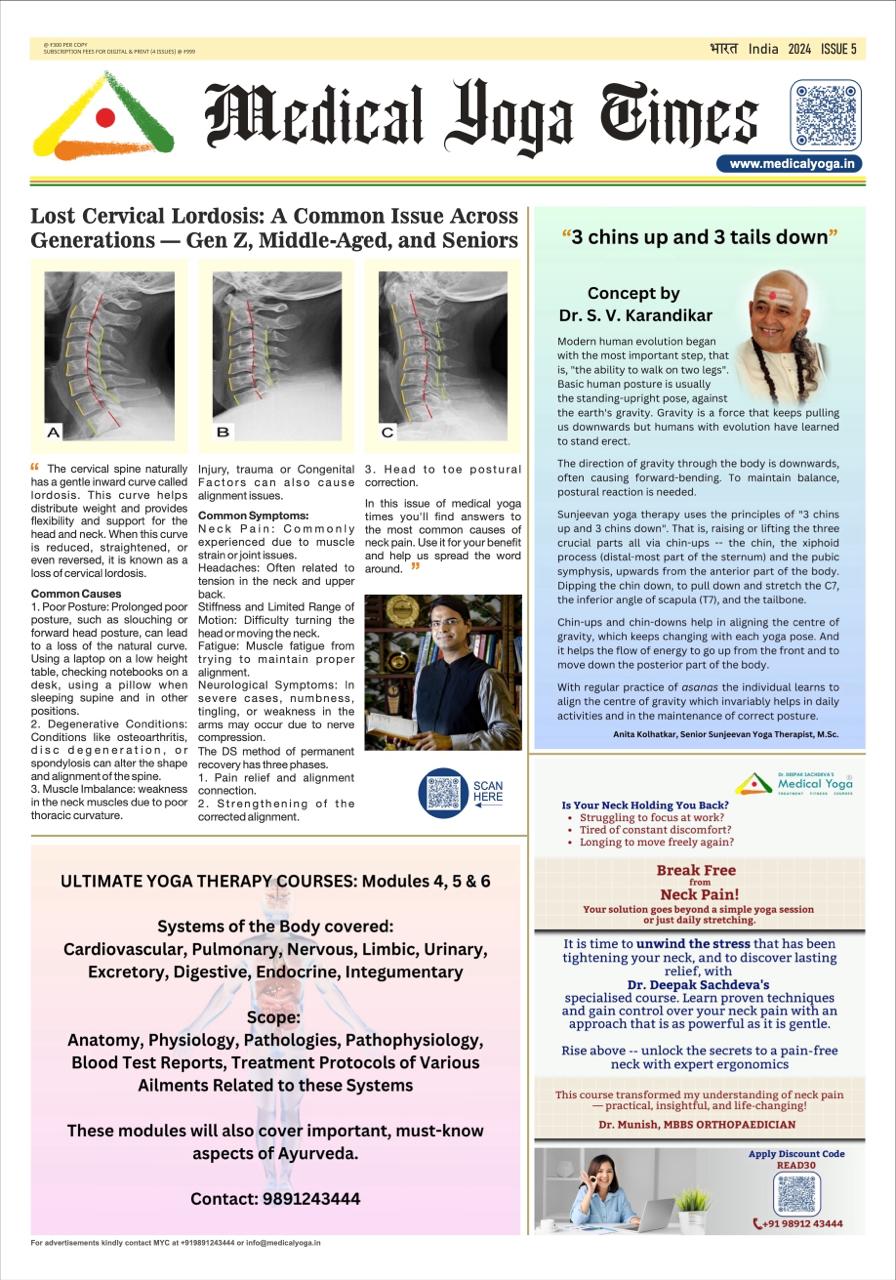Editorial: Pain relief and environmental ergonomics

The science of ergonomics is an important factor for living a pain free life. You choose or design or modify furniture, tools, utility items, etc., to suit your body, your body size, shape and strength. By incorporating all the important information into our lives, we can create environments that support our physical well-being. Let this edition serve as a guide to enhancing your surroundings for a healthier, more comfortable pain free life.
For instance, lower back pain can develop because of multiple factors. Some of them are easy to improve or to eliminate completely by one-time problem-solving actions, like, choosing the correct mattress or the right chair. Some factors need to be addressed through our habits, like following the DS-30-30 principle, and through postural mindfulness.
If we continue neglecting both of these ‘Environmental’ and ‘Behavioural’ factors for a long time, some parts of the vertebral discs begin to take on more load, and some muscles become short and the posture becomes poorly aligned. When it becomes chronic, and there is not enough effort to destress these body tissues, suddenly, one fine day, when you push your body hard, or lift a heavy object, or get a jerk, you get lower back pain, and finally realise what a poor condition your back is in. Your back pain may also be because you don't sit in the correct posture that is much needed for your body, or, that it may be because your chair is not ergonomically designed. You drive a car in which the seats are not appropriate to your height and body shape. Or maybe if your mattress takes the shape of your body when you sleep at night, it will not let your spinal discs rehydrate at night.
Start the DS-30-30 Ratio
Continuous sitting causes dehydration of the discs from the sections that are continuously under pressure. You must have heard this being put across differently by different people – that you must stand up and move for 10 minutes every hour, or sit for 20 minutes and then move for 5 minutes, or sit and stand alternatively every 2 hours, and so on. In my clinical practice, I realised that all these tips are not really feasible. Standing up every 15 minutes or taking a 10-minute break are not followed by most people. Standing up and working for 2 hours is impractical and even demanding for the feet and legs, for most of us.
The practical solution is DS 30-30, i.e., 30 minutes of sitting, then 30 seconds of movement. This is primarily to bring in a total change of posture. If you are working for 6 hours a day, you are expected to stand up 11 times during your work hours; but, maybe due to meetings or live online sessions (where the camera is on you!), you can skip a break or two. You will still end up getting up approximately 8 to 9 times. That's wonderful! It works!




